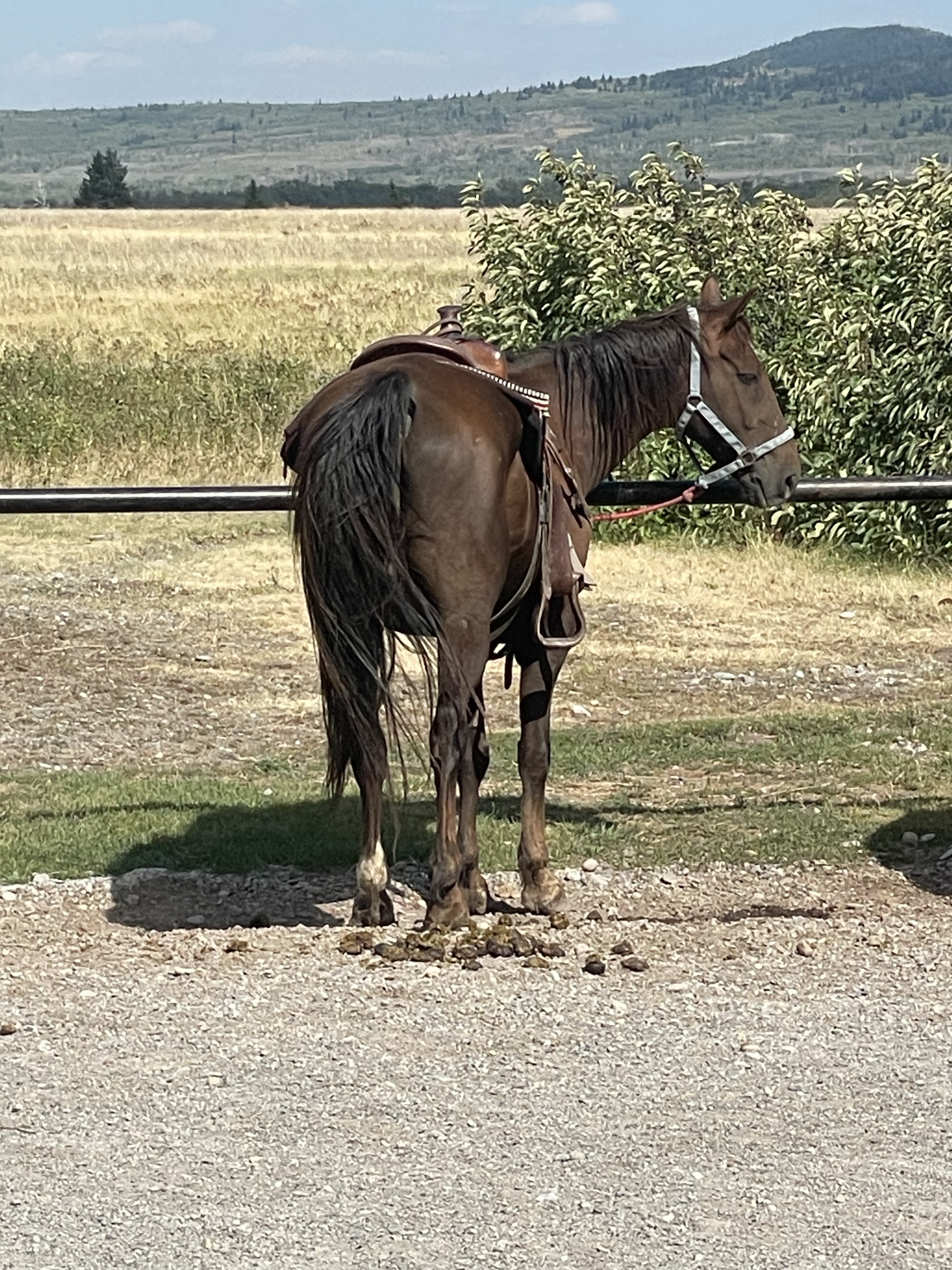What is Terroir and what does it mean
When it comes to understanding the flavour profile and versatility of a wine there is a number of factors to look into. One of the biggest factors is the wines Terroir, but what is terroir? This term is a French word that relates to all the environmental factors that influence the grapes as they grow. These characteristics then make their way into the wine. The main factors in terroir are:
- Climate
- Topography
- Microclimate
- Soil
All of these factors vary across the world. Every vineyard is made up of a different terroir and each has its own impact on grape production and therefore wine. This is why a Sauvignon Blanc from France may taste different to one from New Zealand. Think of a vineyard’s terroir like a fingerprint. Each and every one is slightly unique and give each wine their own place in the world, by effecting flavour, aroma and structure. Understanding terroir will help you to know your wine and give you something to talk to guests about.
Make sure you check out my quick reference guide for finding a wine paring on the go here.
How Terroir and Environment Affect Wines
Let’s jump straight in and look at how environment directly affects wine all over the world. Once you get an understanding of the effects terroir has on wine it will be much easier to gage what characteristics a wine will have just by looking at it. Make sure you have read article one to understand the basics of pairing wine and food.
Climate
Of course, one of the biggest factors in grape growing is climate. Grapes typically need a daytime temperature above 15 degrees and below 32 degrees to grow. This wide window means grapes are pretty versatile and can be grown in many places. At night they need a cool temperature. The four main climates for growing grapes are the Continental climate, the Mediterranean climate, Maritime climate and Desert climate. A climates temperature has a significant impact on wine. Let’s look at one of my favourites, Pinot Noir, as an example.
Pinot Noir prefers a cool climate like Burgandy, France or Tasmania, Australia. Cool climate Pinots have a higher acidity as the grapes ripen slower and contain fewer natural sugars. The lack of natural sugar means a lower alcohol percentage, usually ranging between 11-13%. This in turn leads to a lighter bodied wine with delicate flavours like red fruits and floral on the nose. Then in a warm climate like California, USA the grapes ripen much faster. Here we expect to see a lower acidity in comparison with a smooth rounded taste. Alcohol content is higher due to more natural sugars and the body of the wine is fuller and richer. Instead of red fruit, there is riper darker fruit. Like plums and blackberries and often a hint of spice. The table below shows this in a easy to read format.

Harsher Climates
In areas with extreme heat and cold, like the desert climate of Barossa Valley in Australia, special practices are put in place to grow grapes. Vineyard workers will use techniques like drip irrigation to keep the vines watered and cover them in netting to provide shade from the direct heat of the sun. Although these practices aren’t natural, they allow for grapes to be grown somewhere they naturally couldn’t. The end result is very small grapes with an intense amount of flavour.
On the other hand, there are areas where it is very cold a lot of the time. Cabernet Franc is grown in Ontario, Canada and is used in the making of ice wine. To make ice wine the wine makers wait until the temperature hits minus 7 before they start to harvest their grapes. Then they immediately press the grapes and the water content that has become ice is trapped with the skins. Then it’s just the natural sugars left that make their way into the wine. This is aa great example of how an areas terroir can produce a special kind of wine.
Soil
The next factor that makes up terroir is the soil. Believe it or not the characteristics of the soil a vine grows in makes its way into a bottle of wine. This is what people are referring to when they things like the minerality of the wine. There are lots of different soil types each suited to different grapes and offering unique characteristics. Soils rich in nutrients support vine health and development. Water retention and drainage also play a major role. Good drainage can cause vine stress which actually leads to better grapes with more flavour. In dry areas water retention is important so that the vines can survive. Soils influence a grapes development through nutrients, water, temperature control and root growth. All of these factors come together to shape the profile of a wine through body, acidity and flavour.
Soil Types
- Sandy soils: Which have excellent drainage and promote healthy roots. The sand gets hot quickly on the surface and can jump start the growing season early. In Marlborough, New Zealand, Sauvignon Blanc is grown in sandy soils. These wines tend to have light delicate flavours and are very aromatic.
- Clay soils: Opposite to sandy soils in the fact that retain a lot of water. This makes it easier to grow wines in dryer areas with less rain. The soil also remains nice and cold, slowing down the ripening process. In warmer climates Chardonnay is planted in clay soils. Wines from clay soils tend to be more robust and fuller bodied.
- Limestone soils: Limestone soils enhance nutrient absorbance and produce wines with minerality and complexity due to their alkaline nature, which balances pH levels. They offer a good balance between drainage and retention. Chardonnay thrives in limestone soils, resulting in wines with high acidity and minerality. Riesling from Alsace also benefits from limestone, showcasing high acidity and citrus notes.
- Gravel soils: Wines from gravel soils tend to have intense flavour. Gravel retains heat and can extend the growing period of a vine resulting in a grape with more natural sugars. Gravel also provides great drainage and wines such as Cabernet Sauvignon do well in this type of soil. The drainage and heat retention contribute to a Cabernet intense flavours and strong tannins.
- Slate soils: Slate soil wines are the easiest to pick out when tasting due to the distinct minerality it leaves on the wine. There is often a smell of wet slate left on the nose. Skate soils also extend the growing period for nice ripe grapes. a lot of the Mosel region in Germany has slate soils and they produce some amazing Pinot Nours with earthy undertones.
Topography
Next up is topography. I know this is starting to feel more like a geography lesson than a wine lesson but please stick with me! Topography refers to the physical features of a landscape. Elevation, slope and the aspects all play a critical role in deciding where to plant vines.
Elevation
Deciding how high up to plant vines actually lets you control the climate. Planting vines at high elevation means the temperature will be cooler, slowing down the ripening process. Winemakers plant vines high up to preserve acidity in grapes and produce a fresh, crisp wine, like Argentinian Malbec in Mendoza. The challenging conditions bring out distinct characteristics in grapes, while high altitude vines tend to ripen evenly, resulting in balanced wines. At higher altitudes, fewer shadows from terrain mean more intense sunlight, aiding ripening and improving flavor complexity. More wind keeps the vines dry, reducing the risk of diseases, giving winemakers one less thing to worry about. In naturally high-altitude areas, grapes may be planted closer to sea level to limit sun exposure. With wines from lower altitude grapes, we see less acidity.
Slope and Aspect
Slope and aspect refer to where vines are planted in an area. Wine makers tend to plant on sloped areas like hills for a number of reasons. Slopped areas naturally have better drainage than flat areas, allowing water to drain away and preventing water logged soil. Winemakers choose a slope with the best aspect (orientation) for there grapes. A south facing slope in the northern hemisphere will receive more sunlight than one in the southern hemisphere. As we now know planting grapes in areas with more sun aids ripening leading to more flavorful grape.
Microclimate
Controlling elevation, slope, aspect, and proximity to water all come together to form microclimates. These microclimates can be small enough to encompass just one vineyard and vary significantly from the regional climate. Many winemakers opt to plant their vines near bodies of water like rivers or lakes, sometimes even by the ocean. Planting near water can provide a cooling effect during very hot days and a warming effect for cold nights. Water sources also provide natural irrigation and increase humidity, which can lead to foggy, misty conditions. Fog is used by some winemakers to cool the vines and preserve acidity. This technique is used in the Sonoma Coast, California, on their Pinot Noir vines to ensure high acidity in a warm climate.
Understanding topography literally lets winemakers and vineyard workers control their climate and manipulate the growth of their grapes. This results in better and more consistent wines over the years.
Conclusion
To conclude there is a lot to take in! Terroir in wine is not as simple as knowing the country where the grapes were grown. The factors are many and ever changing. If you can get a basic understanding of how climate, soil, topography and microclimate influence wine making then you are on the right track. Next week I’ll be looking at how you can use terroir to help you sell wine and tell a story so make sure you come back for that. If you need some more in-depth information, make sure you check out Wine Folly and WSET for that. If you have any questions with regards to what I covered in this article ask them below and I’ll get right back to you!
















From visitors